Table of Contents
What Is Ashlar Masonry?
Ashlar masonry is a specialized type of stonework that involves the use of finely dressed stones that are of the same size, shape, and texture. These stones are then laid together in cement or lime mortar with equal-sized joints that are perpendicular to each other. The resulting masonry is rectangular in shape, with cuboid blocks arranged in horizontal layers.
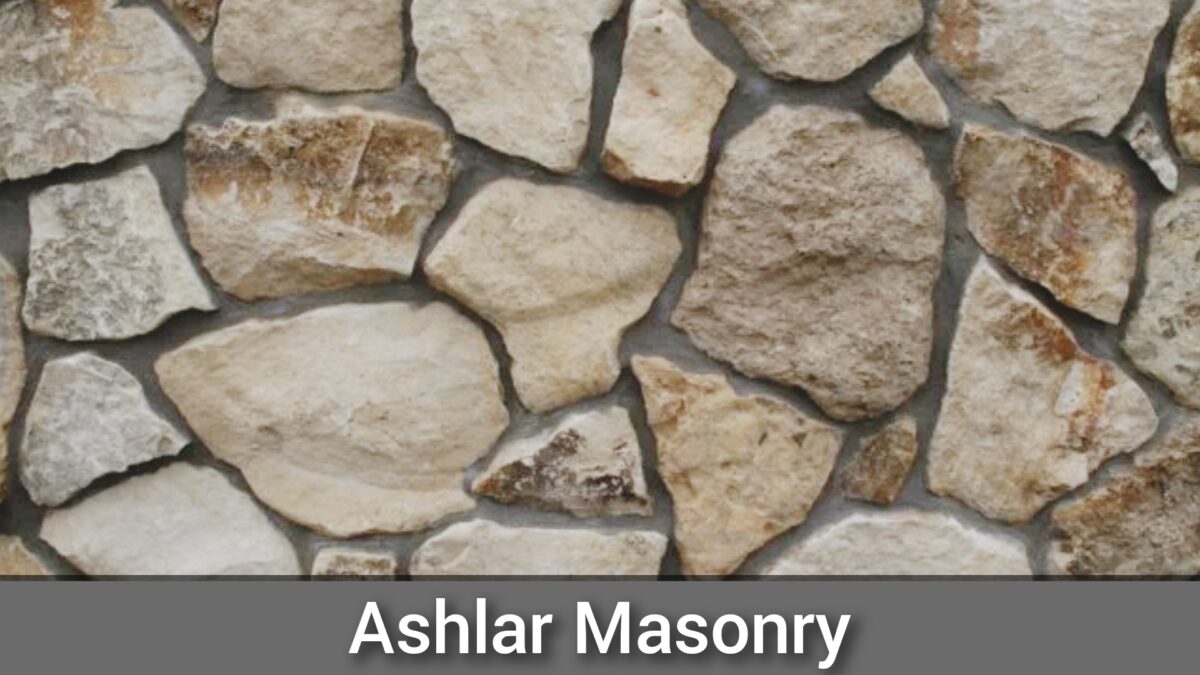
The joints between the stones are very thin, regular, and of uniform thickness, which gives ashlar masonry its distinctive strength and sturdiness. However, the preparation and construction process can be time-consuming and expensive. As a result, this type of masonry is typically reserved for large and imposing structures such as fortification walls, castles, palaces, and churches.
Ashlar Masonry Origins
Ancient civilizations such as the Greeks, Romans, and Egyptians used ashlar masonry to construct some of their most iconic structures, including the Parthenon in Athens, the Colosseum in Rome, and the Great Pyramid of Giza.
Ashlar masonry is characterized by laying precisely cut and squared stones in regular courses to create a smooth, uniform surface. This style of stonework is often associated with the classical orders of architecture, which were popular in ancient Greece and Rome. The Doric, Ionic, and Corinthian orders each had its own unique style of ashlar masonry.
Ashlar masonry is known for its durability and strength in addition to its aesthetic appeal. The precisely cut and squared stones fit together tightly, creating a solid and stable structure that can withstand the test of time. Buildings that need to withstand harsh weather conditions, such as wind and rain, as well as earthquakes and other natural disasters, can benefit from the use of ashlar masonry.
Types Of Ashlar Masonry
Ashlar masonry is a technique of stone construction that involves the use of precisely cut and dressed rectangular stones. The types of Ashlar masonry are defined by factors such as the arrangement of stones, the height and length of stones in a layer, and the laying of stones in regular or broken courses. Here are the six types of Ashlar masonry:
1. Ashlar Rough Tooled Masonry

In this type of Ashlar masonry, the beds and sides of stones are finely chiseled, but the exposed face is dressed by rough tooling. This gives the masonry a rough, exposed finish.
2. Ashlar Fine Tooled Masonry
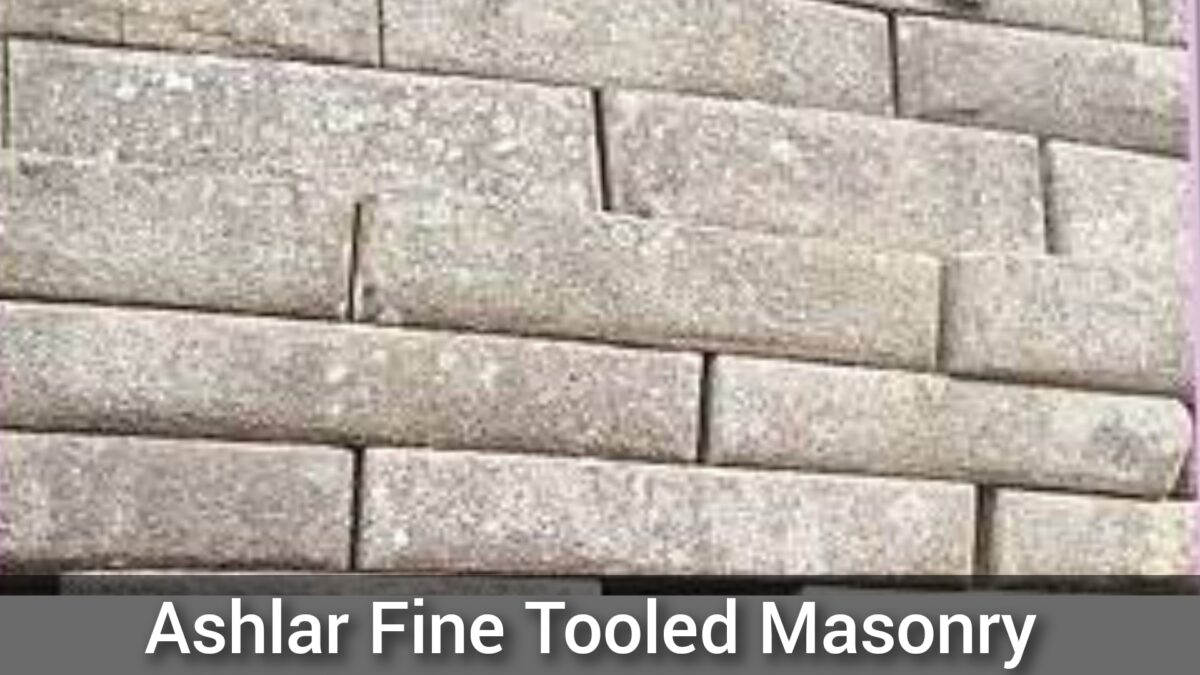
This is the finest type of Ashlar stone masonry, where the bed, joints, and faces of stones are chisel-dressed to remove all unevenness and obtain perfectly horizontal and vertical joints. The thin mortar joints are barely visible, giving the masonry a close and packed finish.
3. Ashlar Facing
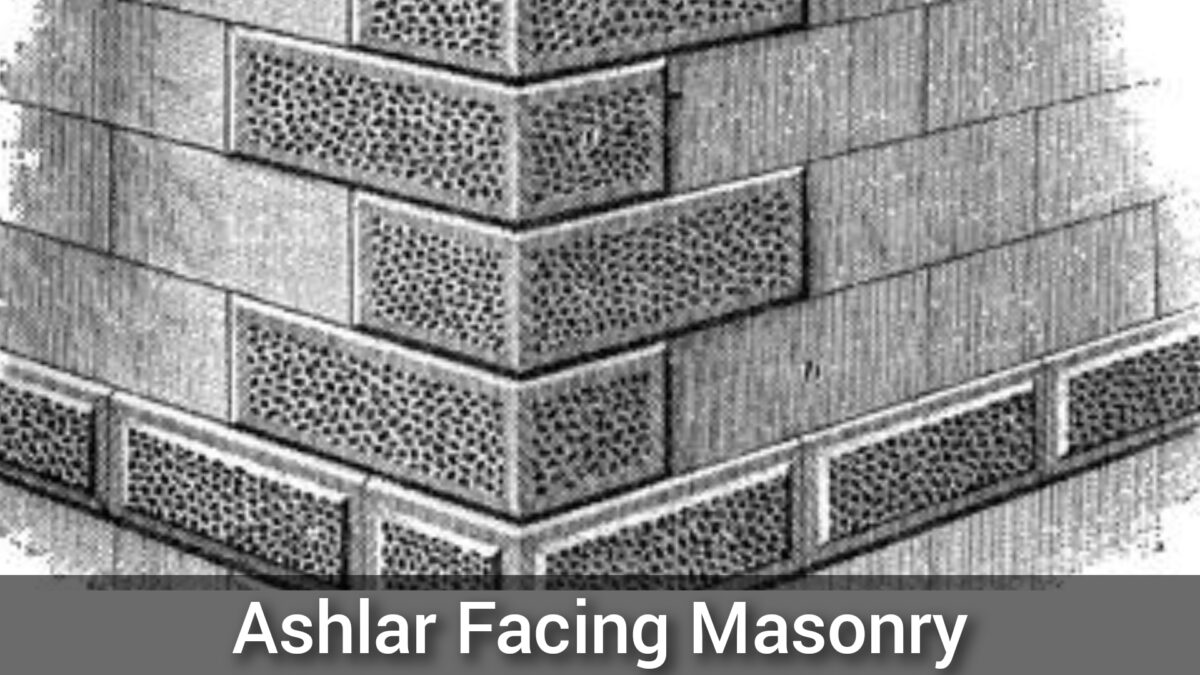
Ashlar facing is used to give the building an exposed and aesthetically pleasing look. The exposed faces of stones are rough tooled and chamfered.
4. Coursed Ashlar Masonry
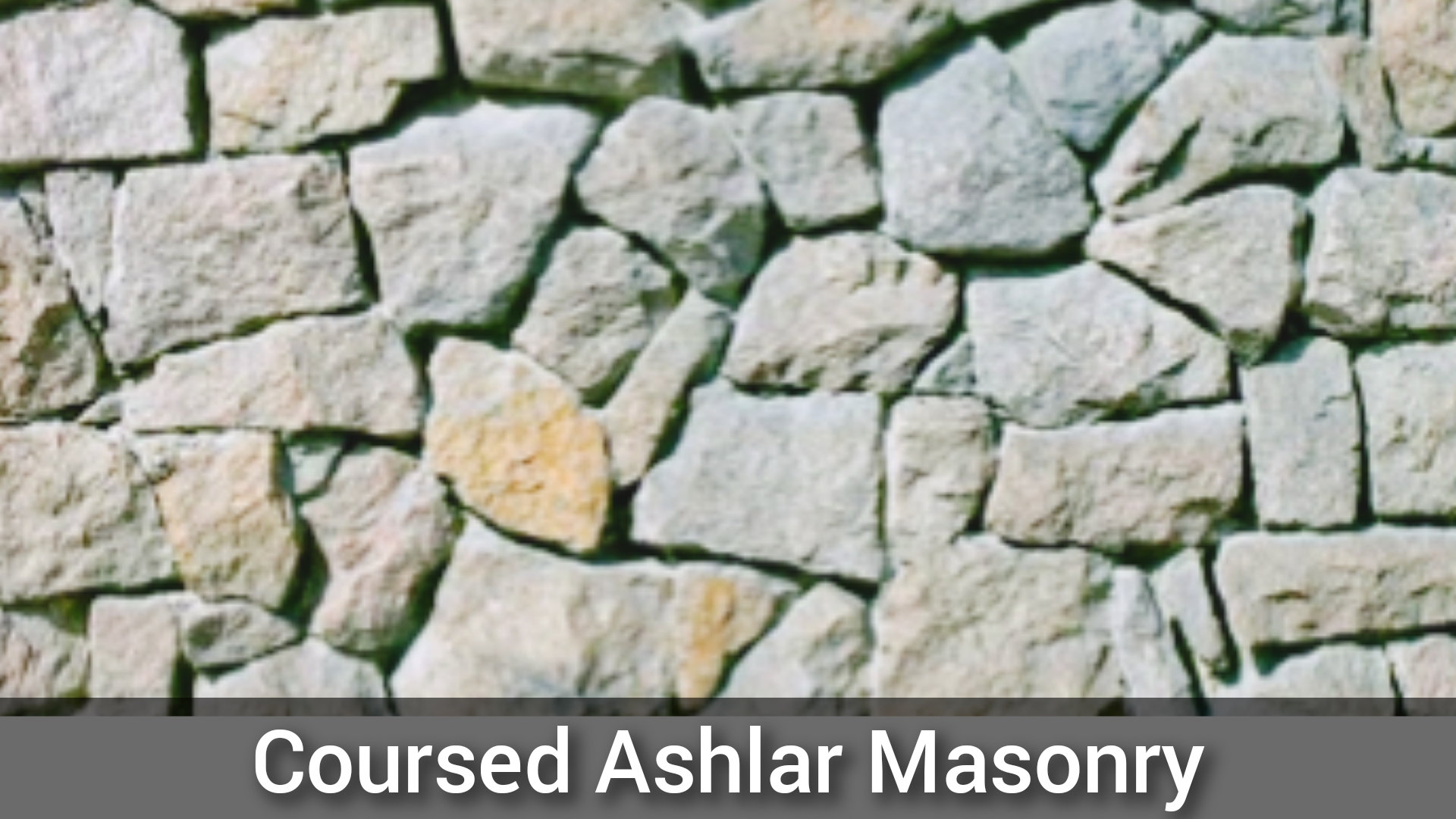
This type of Ashlar masonry has uniform-sized stones with alternating vertical joints, which strengthens the wall. The stones are laid in such a way that the joints formed by the lower layer are covered.
5. Chamfered Ashlar Masonry

It is a special type of Ashlar rock faced, in which the strip provided around the perimeter of the exposed face is chamfered at an angle of 45 degrees to a depth of 25 mm.
6. Random Ashlar Masonry
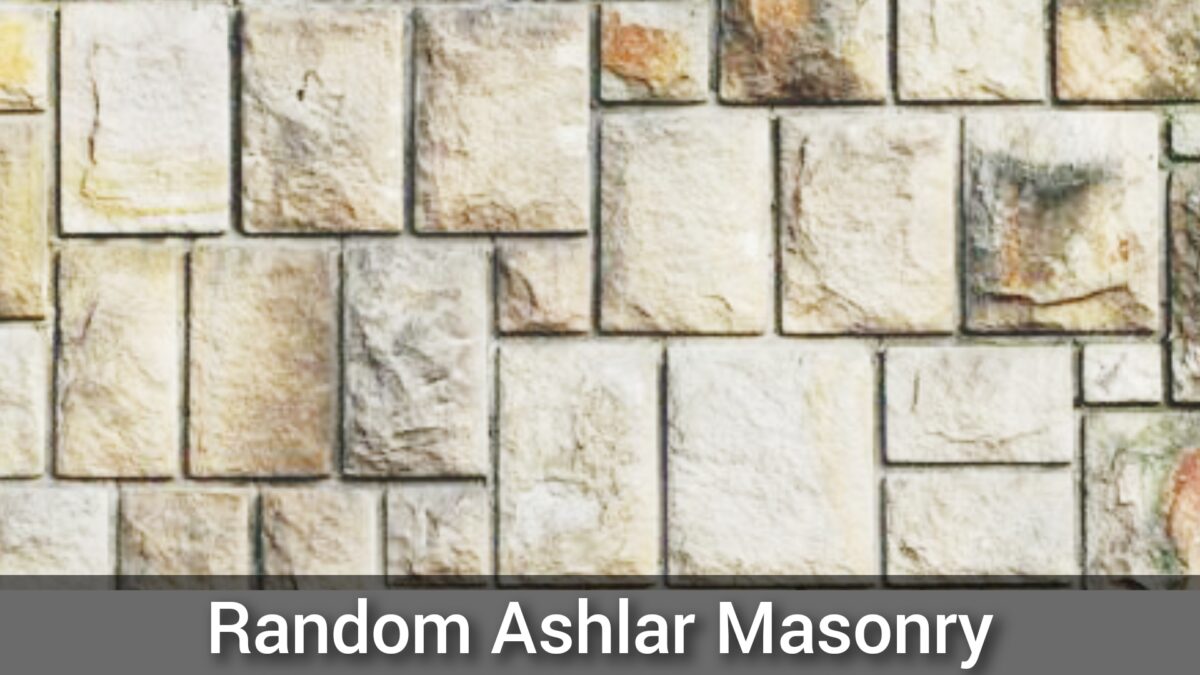
In this type of Ashlar masonry, there is no specific rule for stone block placement. While there is a general course of alignment, the vertical joints need not be one over the other. Though it may appear random, the construction requires skilled and knowledgeable workers to create an in-built harmony. The variations in height and length must be proportionate to the overall structure to ensure strong bonding. The positioning of stones is crafted mindfully.
Ashlar Masonry Techniques
People who build things with ashlar masonry use special tools like chisels, hammers, and saws to shape strong stones without cracks. They put the stones together in rows using a sticky substance called mortar. They make sure the stones are level and flat to create a smooth surface.
Ashlar masonry comes in different styles. Regular ashlar looks the same because the stones are all the same size and shape. Random ashlar looks more natural because the stones are different sizes and shapes.
There are also different patterns that can be used to lay the stones. In the stack bond pattern, the stones are put in a straight line. In the running bond pattern, the stones are placed in a zigzag line like bricks.
Sometimes, builders use a special technique called “rustication.” They make grooves or channels in the stones to create a more decorative surface. People used to do this a lot during the Renaissance and Baroque periods in Europe.
Advantages Of Ashlar Masonry
Ashlar masonry has been a popular choice for constructing various buildings throughout history. People used it to build important structures like temples, tombs, and public buildings.
One of the biggest advantages of using ashlar masonry is that it makes buildings look clean and elegant. The precisely cut and squared stones can create different architectural styles, giving the building a classic and timeless look.
Ashlar masonry is also a durable and sturdy choice for constructing buildings. The tight-fitting stones make the structure strong enough to endure harsh weather conditions and natural disasters like earthquakes.
Moreover, ashlar masonry provides practical benefits as well. The tightly fitted stones create a natural insulation barrier that can keep the building warm in winter and cool in summer. This feature can help reduce energy costs and make the building more comfortable for its occupants.
Final Thought
Ashlar masonry is a stonework style that has been favored for centuries due to its precise and uniform appearance, as well as its durability and strength. The process of creating ashlar masonry involves carefully selecting high-quality stones, cutting and shaping them to precise dimensions, and then laying them in regular courses to produce a smooth and consistent surface.
Despite the fact that the methods used in ashlar masonry have evolved over time, the core principles have remained constant. Ashlar masonry is a versatile and classic choice that can be used in a variety of construction projects, whether it’s building a new home, restoring a historic building, or adding a touch of sophistication and durability to any construction project.
